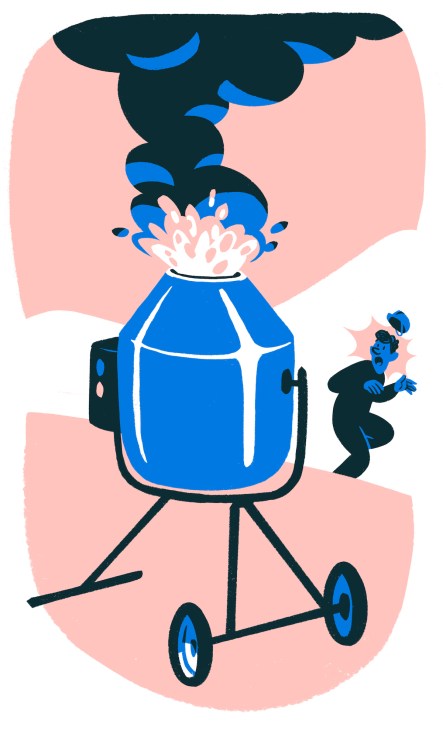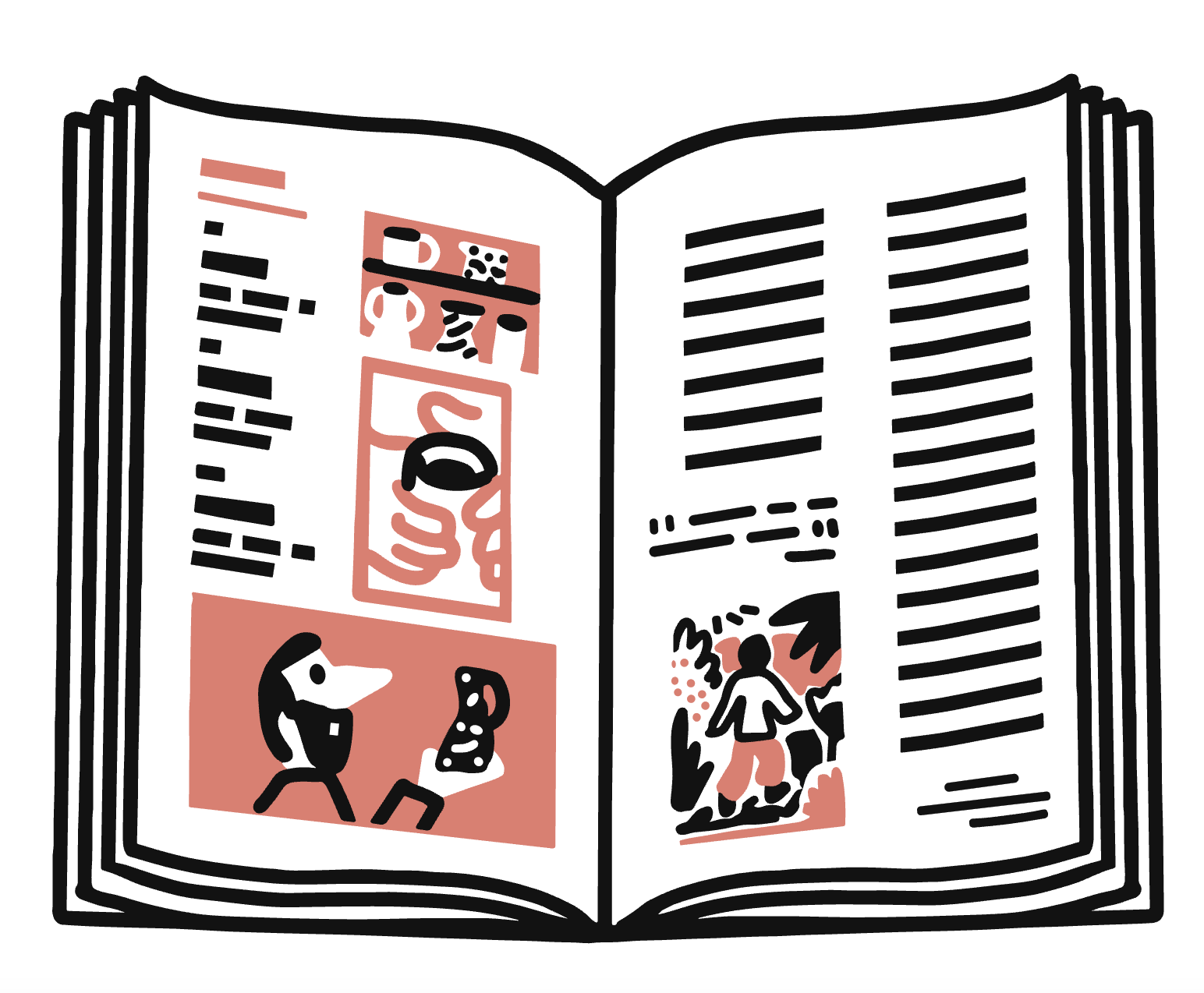Architects in Iceland are showing us how to build with molten lava
Iceland’s volcanoes might have an unexpected new purpose. An architect duo want to harness eruptions to shape the houses and cities of the future.
Arnhildur Pálmadóttir has always been fascinated by the power and majesty of volcanoes, having grown up not far from one in Húsavik in northeastern Iceland. But it wasn’t until later, once she had trained as an architect, that it occurred to her that volcanic eruptions have the potential to be used to help lay the foundations of entire cities, while lowering atmospheric emissions in the process.
The idea isn’t as far-fetched as it sounds. The problem with Iceland, she says, is that it lacks resources to construct things with. “We don’t have much wood or clay that’s suitable for bricks,” says Pálmadóttir, who, with her architect son, Arnar Skarphéðinsson, has been researching the idea of building with lava as part of a project called Lavaforming. “It started with a shift in thinking. We realised that we needed to use the materials that we have, not just import things.”
Iceland is one of the most volcanically active places on Earth but locals have learnt how to manage the eruptions, which happen every five years on average. In 2024 rock and earth barriers were built near the town of Grindavík when a risk of imminent volcanic activity became apparent. As lava poured from a fissure later that year, threatening inhabitants and the surrounding area, including the Blue Lagoon, the barriers diverted the flow away. But Pálmadóttir and Skarphéðinsson want to harness the lava for sustainable construction. “The important thing is that eruptions happen anyway,” says Pálmadóttir. “The emission of co2 happens naturally but it’s much, much lower than what humans produce [during construction, which is responsible for more than a third of the world’s annual carbon emissions].”
The pair propose several possible ways to use lava, from channelling its flow into trenches to form foundations and extracting it from pockets of magma to 3D-print organically shaped building elements or bricks. What’s more, lava has different properties depending on how it cools (if it’s quickly, it becomes glass-like; if it’s slowly and under pressure, it assumes a solid form). “We aren’t thinking about removing it or adding anything to it,” says Pálmadóttir, who lives in Reykjavík. “It’s more about shaping it. And we don’t need an energy resource to produce it.” She heads up her architecture studio as well as the Icelandic outpost of Danish firm Lendager, which specialises in reusing materials. “What we’re proposing is to use the lava when it is molten, then shape it into structures instead of just letting it run over the landscape.”

So what would building with lava actually look like? To answer this, the architects are bringing their project to the Venice Biennale with Iceland’s national pavilion, where they illustrate the science and potential of the material. They have also produced a film that’s set in an imagined future city, Eldborg, that is built entirely from shaped lava. “In the beginning, when the city is fresh, it’s kind of brutal and a little scary,” says Skarphéðinsson. “But then, with time, moss begins to grow on the lava, like it does in Iceland’s fields. People plant trees and it starts to be seen as more friendly.” No one would hate living there, he hastens to add.
Throughout history, Iceland’s volcanic activity has been experienced as an existential threat. But the architects hope to change this perception. “We are talking about taking a local danger and turning it into an advantage, a little bit like we did with geothermal energy 100 years ago,” says Pálmadóttir. “It was something that people lived close to but didn’t use because it was dangerous. And now we have learnt to use it to warm houses and swimming pools. But the wider concept of the pavilion is not just about lava. It’s about addressing a risk and changing perspectives, hopefully inspiring conversations.”
The project also touches on an important point about resource ownership. “One of the core concepts is that there is no private ownership of lava in Iceland,” says Skarphéðinsson. “If we create a city out of this material, then it would be owned by the people who live in it. And in this respect, we’re also thinking about places such as the Congo, where there are so many riches, so many minerals, but the people who live there don’t get any of the rewards. We want to put forward these questions that aren’t really being asked.”
The project is a call to action over environmental challenges and rethinking outdated practices. “The idea of the film is to help people get used to the idea of something that could happen in the future and figure out how we could achieve that from where we are today,” Pálmadóttir tells Monocle. “We hope that this kind of speculation can be helpful as a tool. It’s important that creative designers, architects and scientists work to visualise a future that’s for the common good, instead of just an investment opportunity.”
About the writer
Russian-born, London-based Sonia Zhuravlyova is a sub editor at Monocle. Pálmadóttir’s project Lavaforming is part of the Icelandic Pavilion at the Venice Biennale. This article originally appeared in the fifth edition of The Monocle Companion: Fifty Ideas on Architecture, Design and Building Better’, out now – buy your copy today.


